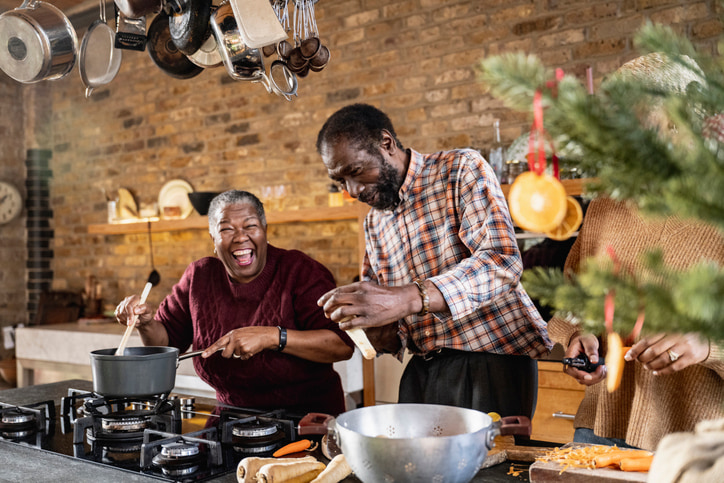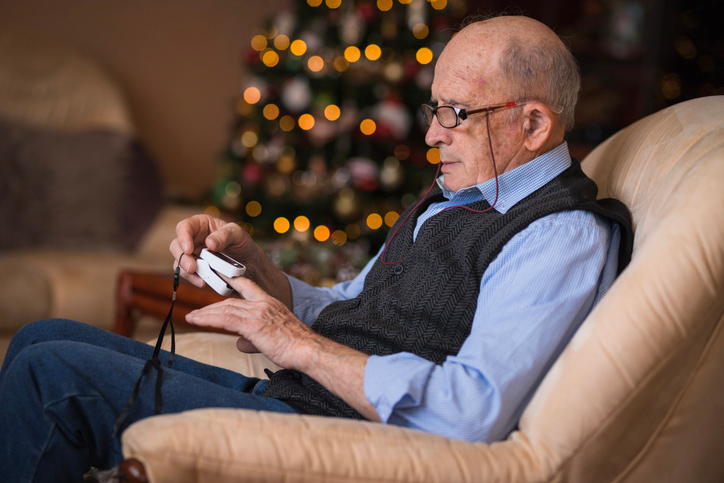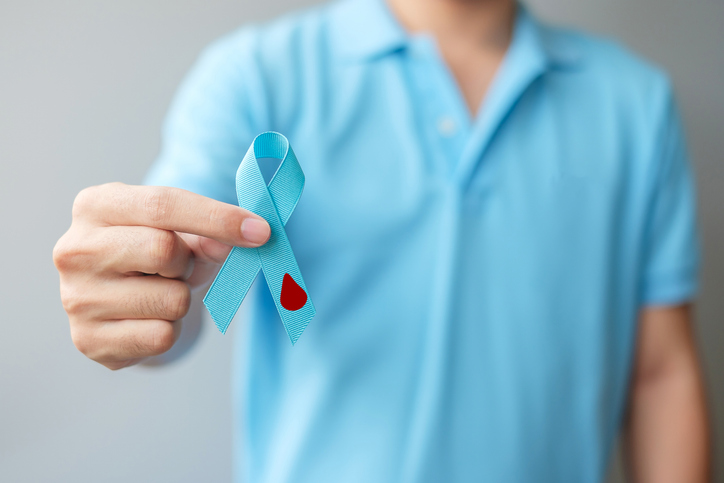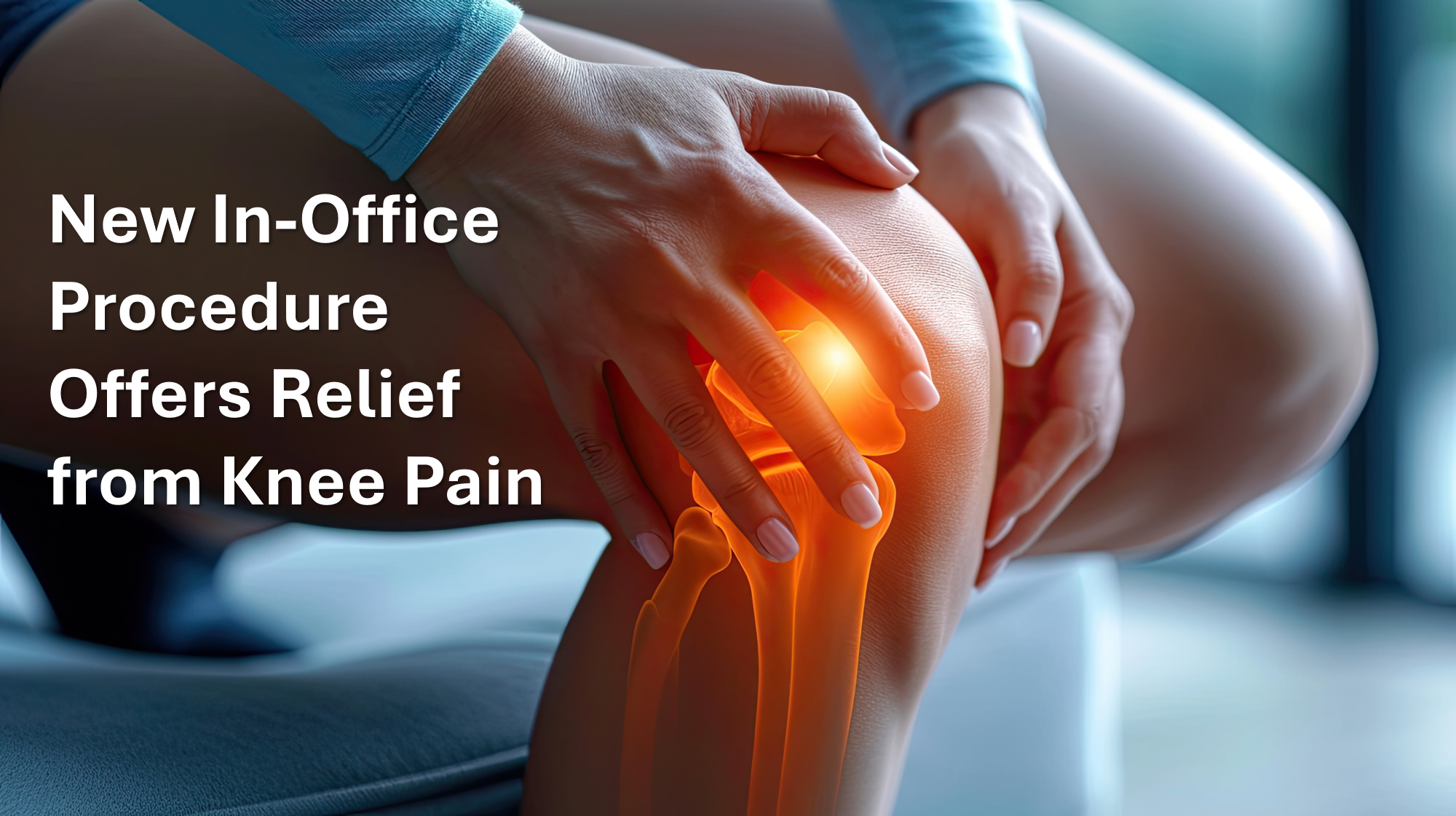Life doesn’t pause, and neither do you. From managing your career and being there for your family to supporting loved ones through life’s ups and downs, your knees have been the steady foundation of your every move. But when osteoarthritis pain starts interfering with your rhythm, it’s time to explore a solution that keeps you moving forward — Genicular Artery Embolization (GAE) might be just what you need.
What is Genicular Artery Embolization (GAE)?
Imagine this: a treatment that doesn’t involve going under the knife but can still offer significant relief from that persistent knee pain. Genicular Artery Embolization (GAE) is a cutting-edge, minimally invasive procedure where tiny beads are used to block off the blood vessels (genicular arteries) that feed the inflamed, painful areas of your knee. Think of it like turning off a tap to reduce flooding – here, we’re reducing the inflammation and pain in your knee.
Key Features of GAE:
- Minimally invasive — no surgery required.
- Quick outpatient procedure completed in under an hour.
- Significant pain relief within weeks.
Why Consider GAE for Osteoarthritis?
Osteoarthritis can make even the simplest tasks feel like climbing Everest. If you’ve tried everything from pain meds to physical therapy, and your knees are still crying out, GAE might be your next step. It’s particularly suited for those who:
- Have moderate to severe knee osteoarthritis.
- Are not ideal candidates for knee surgery due to other health issues.
- Want to avoid or delay more invasive treatments like knee replacement.
- Have had knee replacement already but still have residual pain.
Who’s at Risk?
If you’re over 50, physically active, or have a family history of arthritis, you might be nodding your head. But really, anyone with persistent knee pain from osteoarthritis could benefit from considering GAE. It’s mainly for those whose daily activities are compromised by pain yet aren’t ready for or suitable for surgery.
How is GAE Performed?
GAE is performed in our New England offices in a procedure suite designed with your comfort in mind. Here’s what to expect:
- You’re prepped with a mild sedative to keep you relaxed.
- A small incision is made, usually in your groin, to insert a catheter.
- Using live X-ray imaging, the catheter is guided to the genicular arteries.
- Tiny particles are released to block the blood flow to inflamed areas, reducing pain and inflammation.
The entire procedure takes about 45 minutes, and you’re observed in a recovery area for 90 minutes before heading home. It’s quick, effective, and you’ll be home in time for lunch.
Recovery After GAE
Most people go back to their routine in a day or two. There might be some temporary soreness or bruising around the access site, but it’s nothing a bit of rest and some gentle care can’t handle. Patients report noticeable pain reduction within 1-2 weeks, with relief lasting from 6 months to several years. While results vary, studies show GAE provides extended pain relief for many.
Benefits of GAE:
- Fast recovery time.
- Long-lasting pain relief.
- Reduced reliance on pain medications.
Why Choose The Vascular Care Group?
At The Vascular Care Group, we understand that your time is precious and your comfort is paramount. Here’s what sets us apart:
- Personalized Care: Treatment plans tailored to your specific needs.
- Comfortable Environment: Our outpatient setting is designed to feel warm and inviting.
- Convenience: Multiple locations across New England, efficient procedures, and flexible schedules.
- Comprehensive Services: From diagnostics to post-care, we’re with you every step of the way.
Your Next Step: Take Control of Your Vascular Health in New England
At The Vascular Care Group, we’re here to support you every step of the way. With locations across New England and a team of experienced specialists, we provide state-of-the-art diagnostics, personalized care plans, and treatments for a range of vascular conditions beyond knee pain therapy. So, whether you’re concerned about carotid artery disease, deep vein thrombosis, or anything in between, we’re committed to helping you achieve better vascular health.
Book your consultation with The Vascular Care Group today and take the first step toward better vascular health.
Remember, you’re not just managing pain; you’re reclaiming your life. Let’s make that happen.










 Genicular Artery Embolization, or GAE, is a new treatment for those patients suffering with osteoarthritis of the knee or residual pain after knee replacement. A small catheter is inserted in the leg and tiny particles are injected that block the small vessels that supply the inflamed arthritic tissue around the lining of the knee. Blocking these vessels reduces the pain that accompanies osteoarthritis of the knee. This simple procedure, performed in the office, has been shown to reduce the inflammation and pain that often accompanies osteoarthritis of the knee. When done properly, this DOES NOT affect the blood flow to the leg.
Genicular Artery Embolization, or GAE, is a new treatment for those patients suffering with osteoarthritis of the knee or residual pain after knee replacement. A small catheter is inserted in the leg and tiny particles are injected that block the small vessels that supply the inflamed arthritic tissue around the lining of the knee. Blocking these vessels reduces the pain that accompanies osteoarthritis of the knee. This simple procedure, performed in the office, has been shown to reduce the inflammation and pain that often accompanies osteoarthritis of the knee. When done properly, this DOES NOT affect the blood flow to the leg.